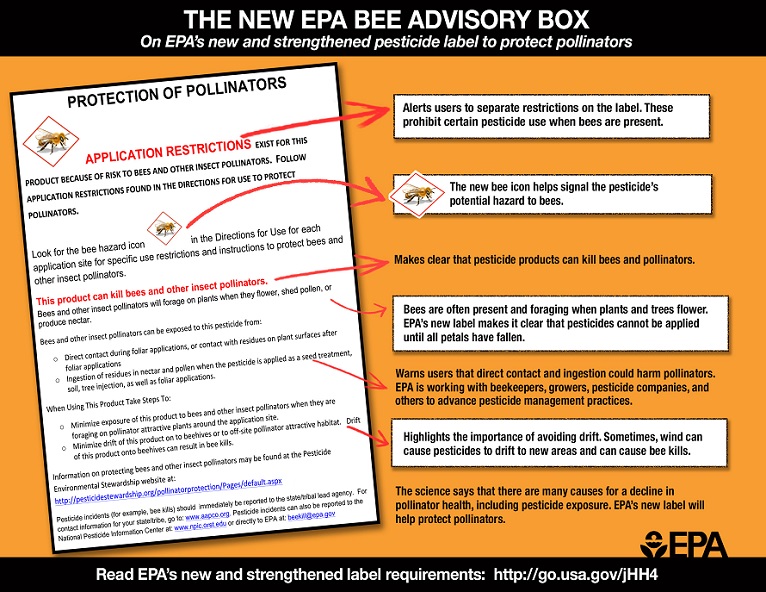Pollinator protection language is a requirement for pesticide labels. Following the label is mandatory. Pesticide applicators must be aware of honey bee toxicity groups and be able to understand precautionary statements. In addition, they should be aware of the behavior of honey bees, wild bees, and other pollinators that may visit golf courses and avoid applying pesticides when and where these insects may be present. They should also understand the effects of pesticides on bees and other pollinators, as well as the routes of exposure. The United States Golf Association (USGA) publication Making Room for Native Pollinators provides the basics of pollinator biology useful for pesticide applicators. The Pollinator Partnership has published visual depictions of honey bee, solitary bee, colony, and general pollinator life cycles that are useful as well.
Recordkeeping may be required by law in order to use some products. IPM principles include keeping records of both pest and pest control activity so that records may be referenced for information on past infestations and the effectiveness of controls to better inform future management actions.

